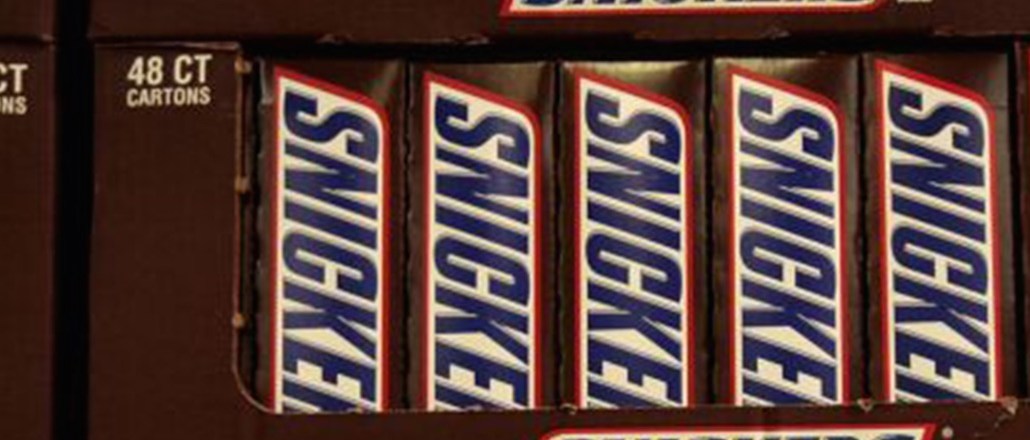
Sometimes you can never get the candy bar you want when you need one. Snickers is aiming to change that.
The Mars brand is embarking on what it is calling “impulse targeting,” with the aim of moving away from more traditional ad-targeting techniques to figure out how people are feeling at a particular moment.
“We’re learning how your mood or how you feel drives your behavior, so we’re organizing audiences around how impulsive people feel, and we’re trying to create relevant content and pop it into a ‘window of impulsivity,’” Dan Burdett, global brand director at Snickers, said at the ad tech: London conference this week.
Like most brands, Snickers is experimenting with programmatic buying and using contextually relevant creative to maximize reach. But identifying when people are most likely to have impulse moments — to literally be in the mood for a candy bar — is a way the brand might someday eschew the traditional demographic-driven approach to ad targeting.
“Not only are people more likely to want to talk about it because your communications are more relevant, but they are more likely to want to share it as well. More importantly, they are more likely to buy your product, which is a key metric we look for.”
The wider strategy for Snickers is a media blend leveraging earned and paid-for media.
While its “You’re not you when you’re hungry” campaign has featured celebrities from the outset, Burdett said it is exploring partnerships with third parties for its content marketing, whether through working with agencies like Twitch or partnering with celebrities like Luis Suárez and Jeremy Clarkson or YouTube creators.
Ad position: web_incontent_pos1
This year the chocolate bar featured Steve Buscemi and Danny Trejo in a “Brady Bunch” spoof ad during the Super Bowl. The teaser ad alone generated 2.5 million hits in social media.
https://www.youtube.com/watch?v=rqbomTIWCZ8
But influencers and celebrities, while nice to have, aren’t the end-all-be-all.
“There’s a great myth with earned and shared media that if you’re buying into a property, be it a person a celebrity or a YouTube celebrity, that they have woven into their DNA a reach that allows you to turn off the traditional paid-for media,” he said.
For this reason, the brand has not fully embraced user-generated content yet, said Burdett.
“We’re still trying to figure out how we develop the non-advertising generated content that comes from third parties and our agencies.”
Ad position: web_incontent_pos2
More in Marketing

In the marketing world, anime is following in the footsteps of gaming
As marketers look to take advantage of anime’s entry into the zeitgeist, they might be wise to observe the parallels between the evolution of anime as a marketing channel and the ways brands have learned to better leverage gaming in recent years.

With the introduction of video ads and e-commerce, Roblox looks to attain platform status
Roblox is expanding into more areas than just ads in 2024. Much like platforms such as Amazon and Facebook have transcended their origins to evolve from their origins as online marketplaces and social media channels, Roblox is in the midst of a transformation into a platform for all elements of users’ virtual lives.

PepsiCo wants to remain a ‘driver of culture’ as it turns to influencers and activations amid rebrand
The soda-maker says it can translate cultural relevance into sales volume.
Ad position: web_bfu


